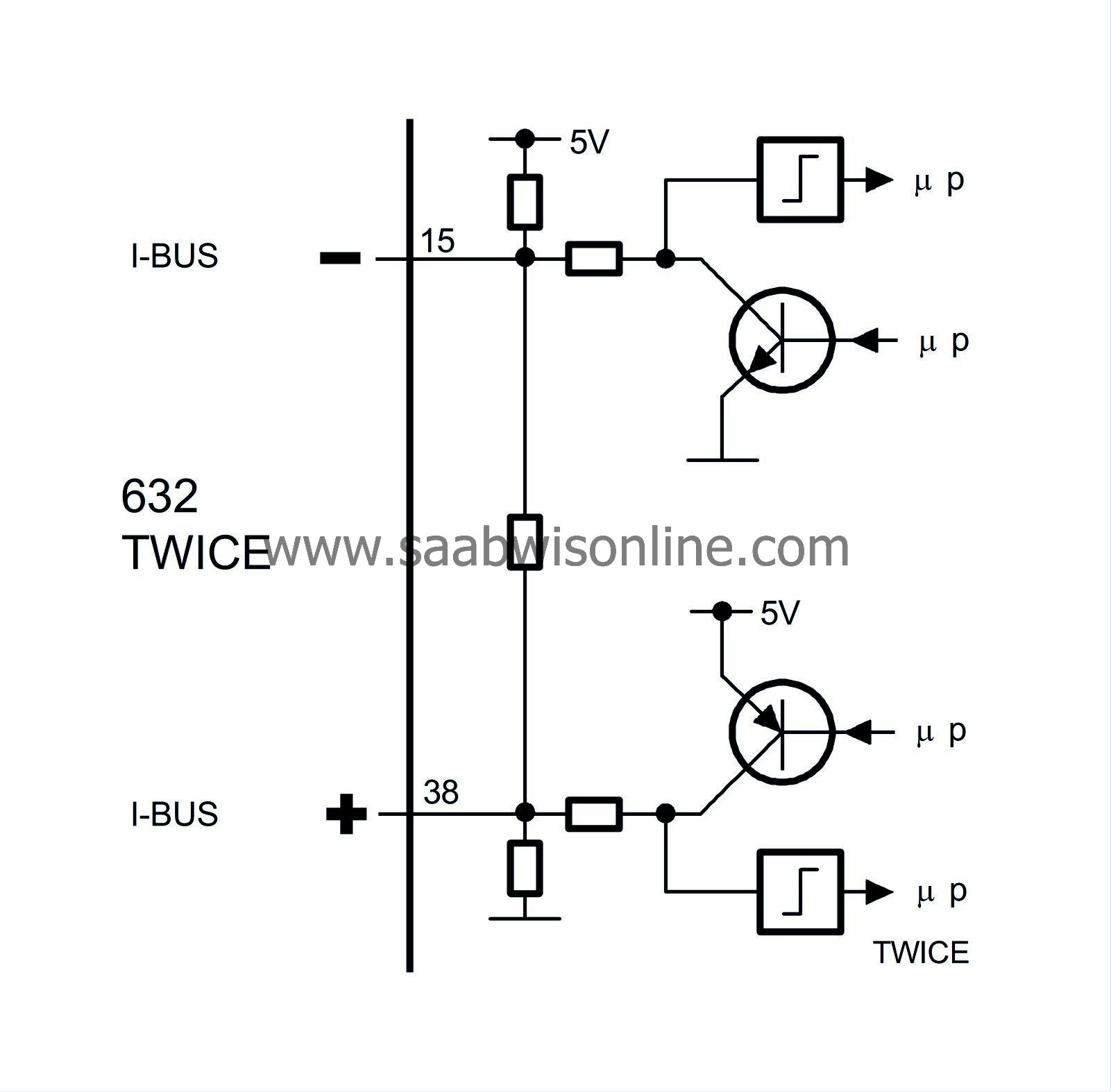Information
|
Values
|
Used by
|
The value depends on the following sensor input, signal or function
|
Left rear light faulty
|
YES/NO
|
SID
|
Control module current measurement of the output to the lamps. The SID uses the information to display CHECK messages.
|
Right rear light faulty
|
YES/NO
|
SID
|
Control module current measurement of the output to the lamps. The SID uses the information to display CHECK messages.
|
Left rear light
|
ON/OFF
|
DICE
|
The control module is energized from the light switch. DICE uses the information to calculate the position of the light switch.
|
Right rear light
|
ON/OFF
|
DICE
|
The control module is energized from the light switch. DICE uses the information to calculate the position of the light switch.
|
Left brake light faulty
|
YES/NO
|
SID
|
Control module current measurement of the output to the lamp. The SID uses the information to display CHECK messages.
|
Right brake light faulty
|
YES/NO
|
SID
|
Control module current measurement of the output to the lamp. The SID uses the information to display CHECK messages.
|
High level brake light faulty
|
YES/NO
|
SID
|
Control module current measurement of the output to the lamp. The SID uses the information to display CHECK messages.
|
Brake lights
|
ON/OFF
|
TCM, SID
|
Brake light switch.
TCM uses the information for engaging gear.
Trionic uses the information for the cruise control function.
|
Passenger seat occupied
|
YES/NO
|
ACC
|
Seat sensor. ACC uses the function for one or two zone control.
|
Sound
|
Sound information
|
SID
|
On text message. SID uses the information to generate an acoustic signal for the seat belt warning.
|
Driver's door
|
OPEN/CLOSED
|
MIU, DMM, PSM, DICE
|
Door switch.
DICE uses the information to turn on the interior light.
MIU uses the information to turn on the display for open door.
PSM uses the information to control the function, electric powered front seat.
|
Passenger door
|
OPEN/CLOSED
|
MIU, DMM, PSM, DICE
|
Door switch.
DICE uses the information to turn on the interior light.
MIU uses the information to turn on the display for open door.
PSM uses the information to control the function, electric powered front seat.
|
Left rear door
|
OPEN/CLOSED
|
MIU, DICE
|
Door switch.
DICE uses the information to turn on the interior light.
MIU uses the information to turn on the display for open door.
|
Right rear door
|
OPEN/CLOSED
|
MIU, DICE
|
Door switch.
DICE uses the information to turn on the interior light.
MIU uses the information to turn on the display for open door.
|
Boot lid
|
OPEN/CLOSED
|
MIU, DICE
|
Door switch.
DICE uses the information to turn on the luggage compartment light.
MIU uses the information to turn on the display for open tailgate.
|
Test brake lights
|
ON/OFF
|
SID
|
Control module programming and brake light switch. The SID provides information to the driver via a CHECK message to press the brake pedal.
|
Horn
|
0: 6: 42 ms
|
SID
|
Anti-theft alarm function and central locking function. The SID uses the information to activate the horn relay when the car is TSL locked.
|
Hazard flashers
|
ON/OFF
|
DICE
|
Anti-theft alarm function and central locking function. DICE uses the information to activate the hazard flashers when the alarm is tripped.
|
Text message
|
|
SID
|
Anti-theft alarm function and central locking function. The SID uses the information to display text messages for TWICE functions.
|
Steering wheel position
|
LHD/RHD
|
PSM, ACC, MIU
|
PSM uses the information to know which door is the driver's door.
ACC uses the information to know which is the driver's zone.
|
Key correct
|
ON/OFF
|
Audio
|
Immobilizer function. Audio uses the information for theft protection.
|
Immobilization
|
ON/OFF
|
Trionic
|
Immobilizer function. Trionic uses the information to allow the engine to be started.
|
Central locking system
|
LOCKED/UNLOCKED
|
DICE
|
DICE uses the information to turn on the interior light when the car is unlocked.
|
Body type
|
4D/5D
|
SPA
|
Control module programming.
|
Diagnostics
|
Response to query from diagnostic tool
|
DICE/Diagnostic tool
|
The control module must be energized and the bus leads intact.
See Bus and diagnostics communication


|






